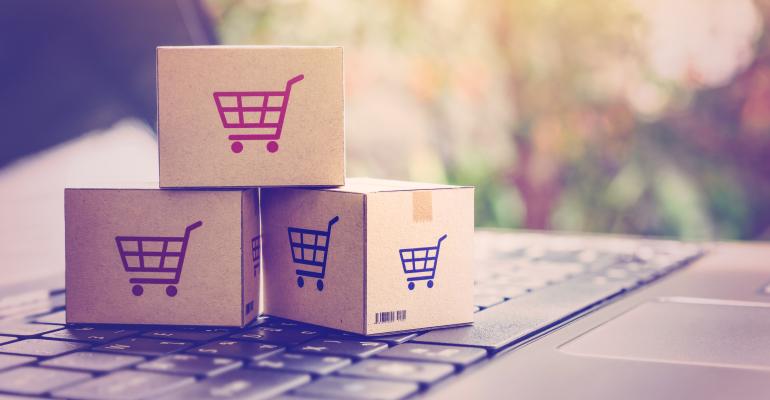The reality of instant grocery: Remember 2001? It’s hazy, but if you squint, you may recall that instant grocery had a hot moment then too—the grocery-delivery start-up Webvan, for instance, whose name has since faded from the collective American imagination. But it’s different now, right? Not exactly. Many new grocery delivery companies claiming fast delivery (think Gopuff, Getir, Buyk, and Fridge) aren’t turning any more profit than their now-forgotten predecessors. According to this piece in the Atlantic, some are shutting down, others are looking for cash infusions or buyers, and those just looking to stick it out, like Gopuff, are going through layoffs and closing warehouses. Is instant too good to be true? —Chloe Riley
These food categories deserve some thanks: All the foods and beverages associated with the traditional Thanksgiving meal see sales boosts in the lead-up to the holiday. But some categories really get a big bump up, the 2022 IRI Thanksgiving Tracker shows. From 2017 to 2021, the average Thanksgiving volume lift was 529% for fresh sweet potatoes/yams, 338% for refrigerated whipped toppings, 221% for cider, 216% for frozen pie/pastry shells and evaporated condensed milk, 211% for frozen pies, and 203% for liquid gravy and canned/bottled beans. Sales also more than doubled in eight other categories. Give thanks indeed. —Russell Redman
Food prices (and corporate profits) on the rise: For years, everyone (retail, CPG companies, restaurants) generally raised prices gradually, a little at a time, for fear that larger increases would scare consumers and send them running towards budget. But the last year has been a major outlier. Wages increased and the cost of ingredients and materials soared, and food companies and restaurants alike started passing along those expenses to customers. But, the New York Times writes, now some of those businesses are continuing to raise prices even if their own inflation-driven costs have been covered. Critics say the moves are about increasing profits, not covering expenses. PepsiCo and Coca-Cola, for instance, just reported Q3 profit of over 20%, and profit of 14% from a year earlier, respectively, thanks in large part to price increases. Is this ethical? —CR
Grocery savings at Costco put to the test: To many consumers, it’s axiomatic that buying in larger sizes or bulk helps you save money in the long run. But does the math really work out that way for groceries? An undercover shopper from CNET recently tested that thesis in a comparison food-shop at Costco Wholesale and Stop & Shop. The result: huge savings at the warehouse club, with shelf-stable items in particular being a big money-saver. Check out CNET’s savings arithmetic. —RR
Harris Teeter vs. TikTok: Fair warning on the power of social media from Tammy DeBoer, president of Harris Teeter, at the recent International Fresh Produce Association conference in Orlando. The Kroger-owned company was caught totally off guard last year when TikTok posted an easy-to-make one-dish feta-and-tomato pasta recipe. There was a run on feta at many of their stores, leaving many shoppers hangry for the delectable dish, which involves baking a full block of feta cheese with tomatoes, olive oil, salt and pepper until the cheese melts (Yum!). Now, DeBoer said, the company is trying to actively keep tabs on the TikTok (and other social media) recipes that are going viral so they can avoid out-of-stocks. —Ron Margulis





